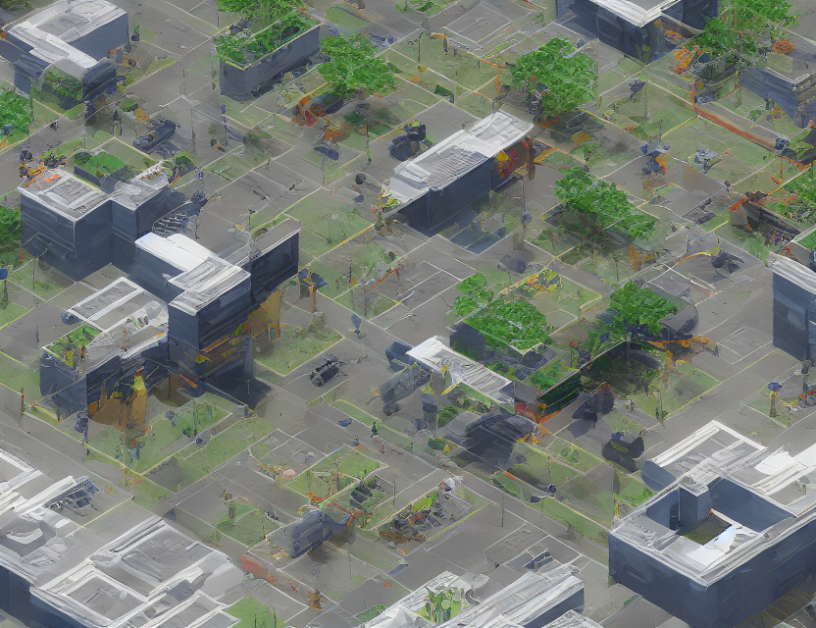In this article, we delve into the realm of nonlinear systems stability and provide a new perspective on the classic robustness problem. We explore how to establish a lower bound for the robust stability of a system, which is crucial in ensuring its performance and safety under uncertainties. By exploiting the structure of the system’s dynamics, we derive an upper bound on the stabilizing gain required for robust stability, demonstrating the efficacy of our approach through theoretical examples.
Robust Stability
Robust stability is a fundamental concept in control theory, referring to the ability of a system to maintain its desired behavior despite uncertainties in its parameters or disturbances. The traditional approach to robust stability involves designing controllers that ensure stability under all possible scenarios, but this approach is often computationally expensive and fails to provide a comprehensive understanding of the system’s behavior. Our focus lies on developing a lower bound for robust stability, which enables us to determine a minimum threshold of stabilizing gain required to achieve robust stability.
Lower Bound
Our novel approach involves exploiting the structure of the system’s dynamics to establish an upper bound on the stabilizing gain required for robust stability. By decomposing the system into its full-column-rank components, we can separate the robustness problem into smaller, more manageable subproblems. This allows us to derive a lower bound on the stabilizing gain that guarantees robust stability, providing a theoretical foundation for control design.
Remark: Observability Gramians: We also explore the role of observability Gramians in our approach, demonstrating how they can be used to recognize certain classes of systems that are inherently observable. This observation facilitates the development of more efficient and effective control strategies.
Conclusion
In summary, this article introduces a novel approach to robust stability analysis, providing a lower bound on the stabilizing gain required for robust stability. By leveraging the structure of the system’s dynamics, we can establish an upper bound on the stabilizing gain that guarantees robust stability. Our approach offers a significant improvement over traditional methods, enabling control designers to develop more efficient and effective control strategies.



